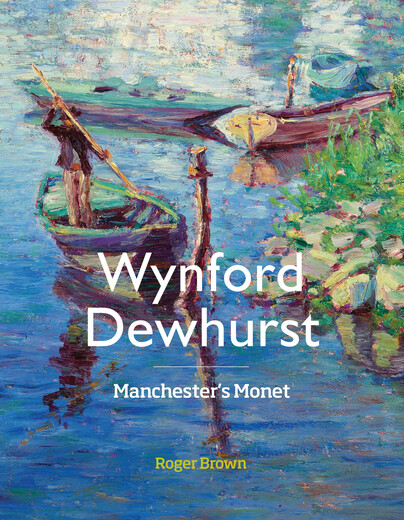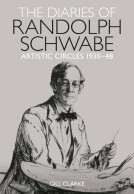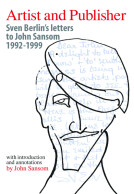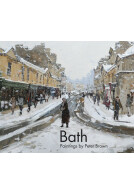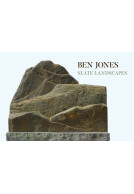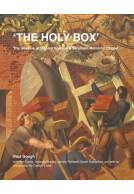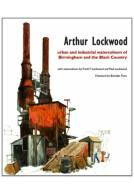Wynford Dewhurst (Paperback)
Manchester’s Monet
Imprint: Sansom & Company
Pages: 128
Illustrations: 110 illustrations
ISBN: 9781911408000
Published: 8th December 2016
Pages: 128
Illustrations: 110 illustrations
ISBN: 9781911408000
Published: 8th December 2016
You'll be £20.00 closer to your next £10.00 credit when you purchase Wynford Dewhurst. What's this?
+£4.99 UK Delivery or free UK delivery if order is over £40
(click here for international delivery rates)
Order within the next 2 hours, 41 minutes to get your order processed the next working day!
Need a currency converter? Check XE.com for live rates
(click here for international delivery rates)
Order within the next 2 hours, 41 minutes to get your order processed the next working day!
Need a currency converter? Check XE.com for live rates
Wynford Dewhurst was colourful and controversial character on the Anglo-French art scene at the turn of the twentieth century. Born in Manchester in 1864, he embarked initially on a legal training. However, he showed considerable artistic flair and in 1891, at the relatively advanced age of 27, he went to Paris to gain a training. He was immediately attracted to Impressionism; ‘... my conversion into an enthusiastic Impressionist was short, in fact an instantaneous process.’ In 1904 Dewhurst published a book, dedicated to Claude Monet, Impressionist Painting: its Genesis and Development, the first important study of the French Impressionists to be published in English. However the book became notorious for his insistence that the English landscape tradition, especially the work of Constable and Turner, was at the root of modern French painting. Dewhurst’s thesis was that, ‘…the French artists simply developed a style which was British in its conception.’ Dewhurst returned to France regularly each year to paint in the valleys of the Seine and the Creuse in the style of Monet, who became his principle mentor. Primarily a landscape painter, he exhibited widely at home and abroad from 1897 when his first works were accepted by the Paris Salon. In London he initially exhibited with the RBA, but also from 1914 to 1926 with the Royal Academy. In addition he was a prolific writer of articles and reviews for journals such as The Studio, The Artist, and Pall Mall Magazine. In 1913 he wrote a series of articles advocating the establishment of a Ministry of Fine Arts along the lines that he judged to be so successful in France.After a one-man show of his pastels at the Fine Art Society in 1926, he seems to have produced very little work, and he died in relative obscurity in 1941.
Other titles in Sansom & Company...







